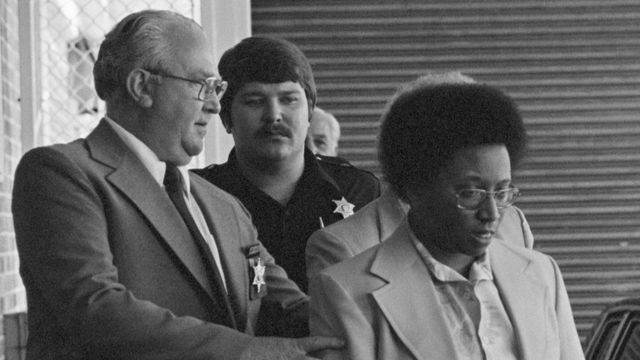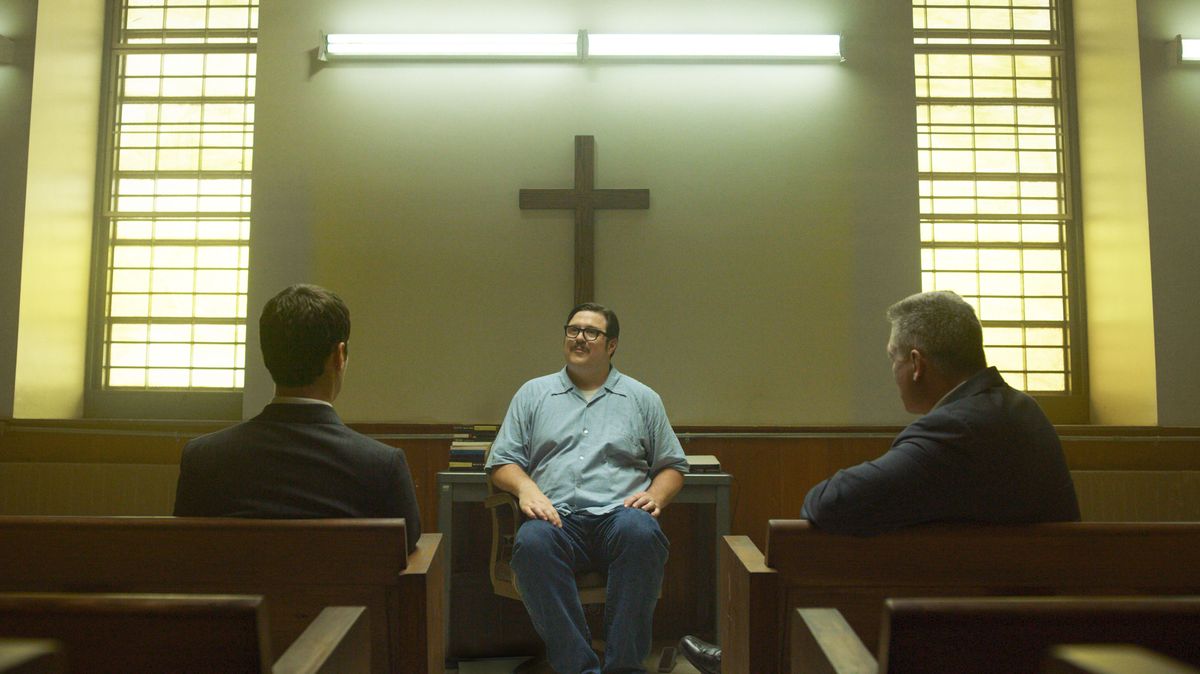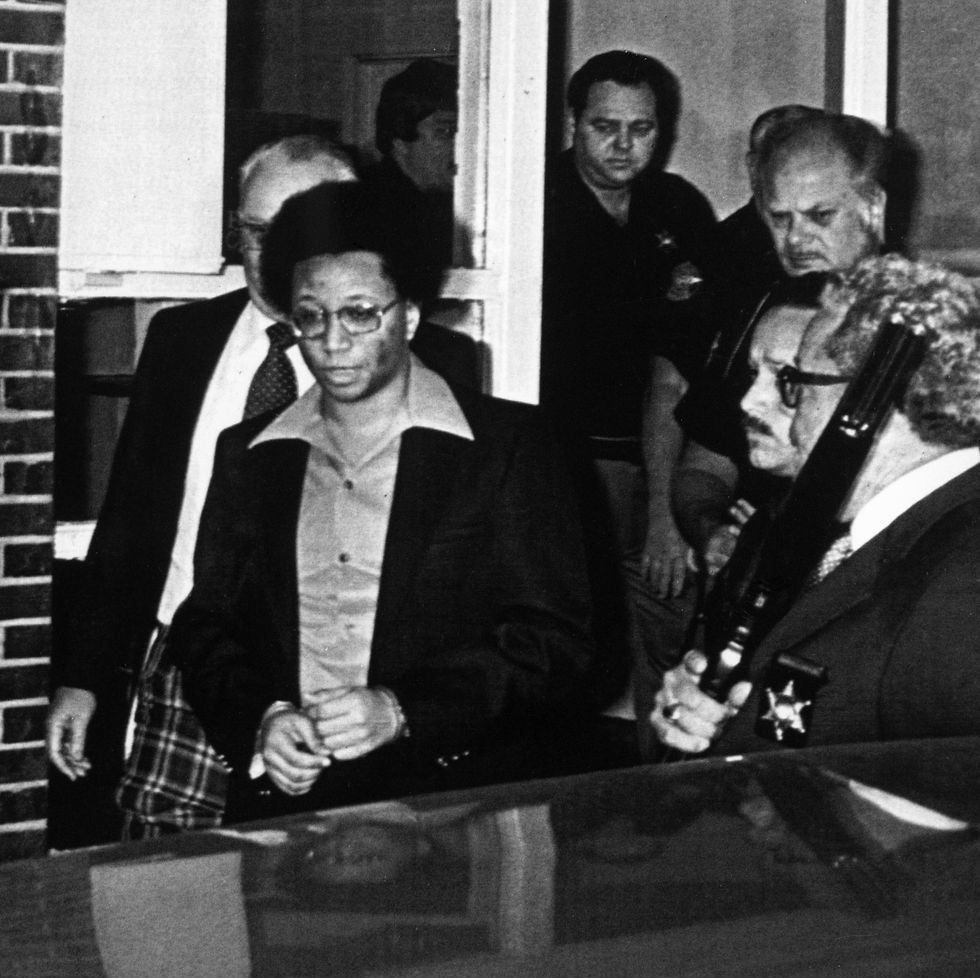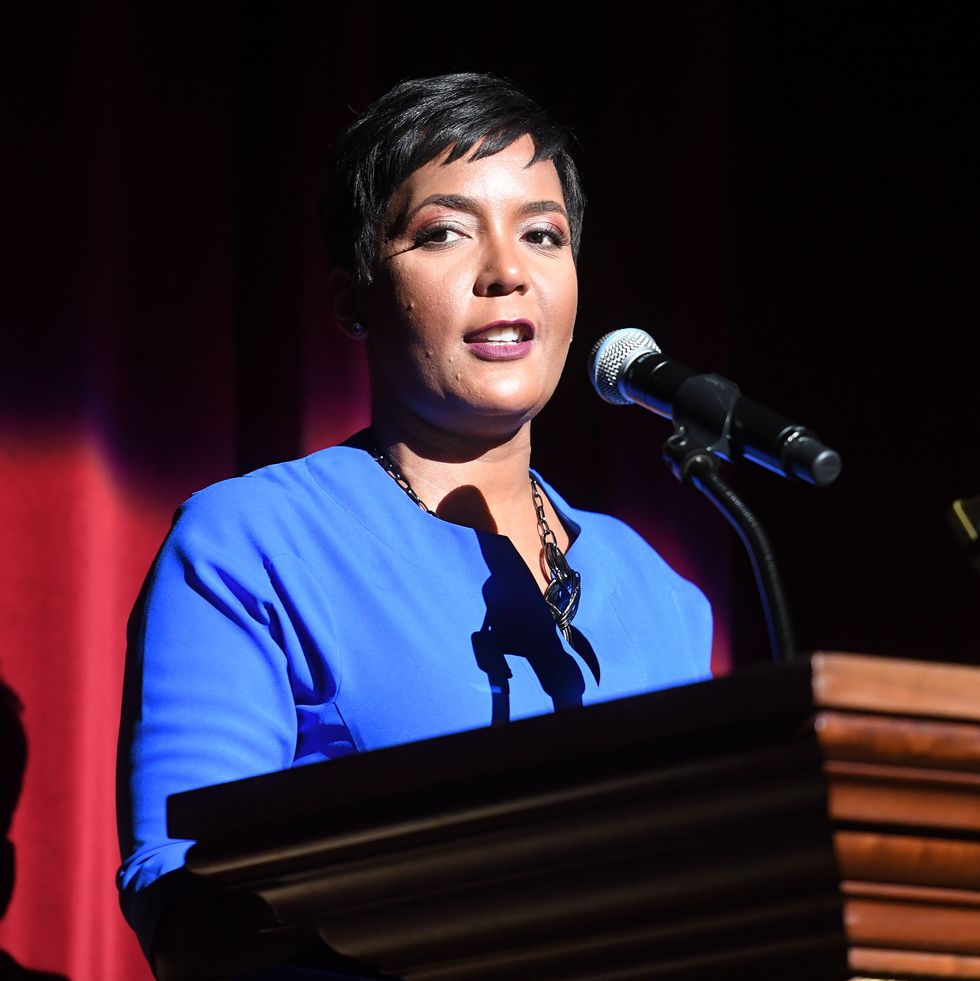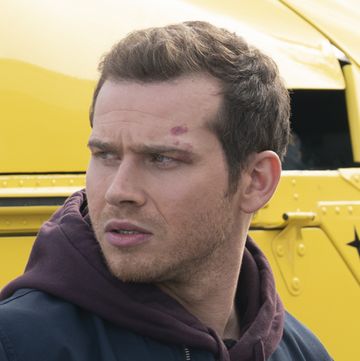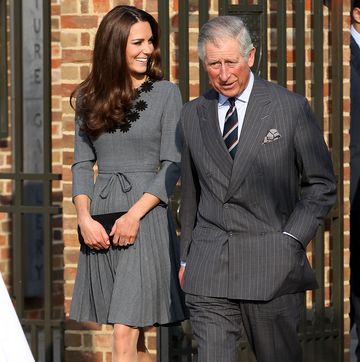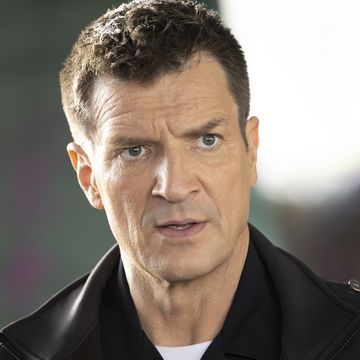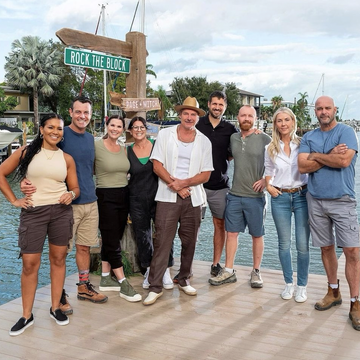In 1979, Atlanta wasn't the city we know it as today, complete with tourist destinations and one of the nation's largest, most bustling airports. It was smaller, not yet having reached its bonafide "big city" status — which is why it was all the more terrifying when black children began disappearing that summer.
Over the course of two years in the late '70s and early '80s, a whopping 22 children and six young men were kidnapped and murdered in the Atlanta metropolitan area. And now, the Atlanta Child Murders, as these killings became known, are prominently featured in season 2 of Netflix's hit crime show Mindhunter, which dropped on the streaming service on August 16.
Starring Jonathan Groff and Holt McCallany as two criminal profiling agents, the series tells the story of the FBI's involvement in hunting down and studying some of the nation's most infamous serial killers — including the "Atlanta Child Killer."
But before you watch Mindhunter season 2 this weekend, take a look back at the true story of the 1979–1981 Atlanta Child Murders (and Wayne Williams, the man who is believed to have committed them).
The murders begin
In the summer of 1979, two Atlanta boys — Edward Hope Smith, 14, and Alfred James Evans, 13 — went missing just four days apart. One had reportedly disappeared from a skating rink, and the other was coming home from a movie. Several days later, on July 28, their bodies were found nearby each other: Edward had been shot and Alfred had been strangled, but both boys were dumped in a vacant lot in the southwest part of the city.
These two horrific murders were far from the last violent crimes that Atlanta would see over the course of the next two years. From July 1979 to May 1981, the "Atlanta Child Killer," as he came to be known, terrorized the city. During that time, at least 20 black boys, two black girls, and six young black men were killed by seemingly the same killer (or killers, as some believed to be the case). The victims disappeared as follows:
- September 1979: Milton Harvey, 14
- October 1979: Yusef Ali Bell, 9
- March 1980: Angel Lanier, 12; Jeffrey L. Mathis, 10
- May 1980: Eric Middlebrooks, 14
- June 1980: Christopher Richardson, 12; Latonya Wilson, 7; Aaron D. Wyche, 10
- July 1980: Anthony Bernard Carter, 9; Earl Lee Terrell, 10
- August 1980: Clifford Jones, 13
- September, 1980: Darren Glass, 11 (never found)
- October 1980: Charles Stephens, 12
- November 1980: Aaron Jackson, 9
- January 1981: Lubie Geter, 14; Terry Pue, 15
- February 1981: Patrick Balthazar, 12; Curtis Walker, 13
- March 1981: Joseph "Jojo" Bell, 15; Timothy Hill, 13; Eddie Duncan, 20; Larry Rogers, 20
- April 1981: Michael McIntosh, 23; John Harold Porter, 28; Jimmy Ray Payne, 21
- May 1981: William Barrett, 17; Nathaniel Cater, 27
Each of the Atlanta Child Killer's victims were kidnapped before being shot, strangled, stabbed, or bludgeoned — and police still didn't have a clue who they were dealing with. Atlanta residents lived in fear during this time, and a city curfew was imposed on children younger than 17. (It was after the curfew began that the young men began to disappear.)
Police find a suspect
Partway through his murderous spree, the Atlanta Child Killer changed his M.O. Instead of leaving his victims' bodies in the woods, he began dumping them near or into Atlanta's Chattahoochee and South rivers. (This, the FBI Grapevine notes, was seemingly done in response to a story published in the Atlanta Journal-Constitution, which revealed that investigators had found green carpet fibers and dog hairs on many of the bodies that had been discovered on land.)
So, in an effort to finally catch the elusive killer, police began camping out on and near bridges crossing the two Atlanta rivers. They watched and waited for any signs of the killer for four weeks until, suddenly, a group of officers heard a suspicious noise.
In the early morning hours of April 22, 1981, officers staked out near Atlanta's South Cobb Bridge heard a loud splash come from the Chattahoochee River. Not long after, they spotted a lone station wagon slowly driving across the bridge. The officers stopped the car — and out came 23-year-old photographer and "talent scout" Wayne Williams.
The killings are attributed to Wayne Williams
On the night of April 22, the police quickly conducted a search of Wayne's car, but they found nothing suspicious and he was free to go. But when the body of 27-year-old Nathaniel Cater was discovered in the Chattahoochee River two days later, they began 24-hour surveillance of Wayne. Eventually, the police obtained a search warrant for his home, where they found carpet fibers and dog hairs consistent with those found on many of the victims' bodies.
And so, in June 1981, Wayne was finally arrested. Not long after, he was charged with the murders of both Nathaniel and Jimmy Ray Payne, and his trial began in January 1982.
Then-FBI agent John E. Douglas, who famously inspired Netflix's Mindhunter, worked closely with police during the investigation. Despite growing local beliefs that the killer might be a member of the Ku Klux Klan, John's profile pinned him as a black man (both because a white man would have been more obvious in black communities, and because serial killers tend to kill within their own race). And once Wayne was charged with the crimes, John helped the prosecutors form a strategy for questioning him: It would be wise to keep him on the stand as long as possible, and to rile him up by focusing on his failures in life, he advised.
Ultimately, these tactics worked: Wayne became hostile during questioning, and on February 27, 1982, after 11 hours of deliberation, the jury found him guilty. Wayne was immediately sentenced to two consecutive life sentences in prison — and with that, police attributed all but six of the other Atlanta Child Murders to him, unceremoniously closing the cases without bringing charges.
What's happening with the cases today
Wayne Williams, now 61, is currently serving out his life sentences at Georgia's Hancock State Prison, where he continues to maintain his innocence. But in March 2019, an interesting turn of events occurred: New Mayor of Atlanta Keisha Lance Bottoms, who was a child herself during the city's murder spree, had the local police department reopen the cases.
Mayor Bottoms and Atlanta Police Chief Erika Shields maintain that the purpose of reopening these investigations and retesting the evidence is not to vindicate Wayne, but instead, to bring justice and "peace" to the families of the victims.
"This is about being able to look these families in the eye and say, 'We did everything we could possibly do to bring closure to your case,'" Erika told The New York Times. "We are going make some headway, but I am not sure how much."
For can't-miss news, expert beauty advice, genius home solutions, delicious recipes, and lots more, sign up for the Good Housekeeping newsletter.
